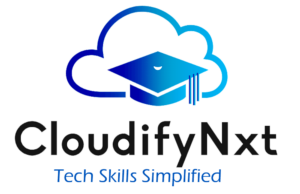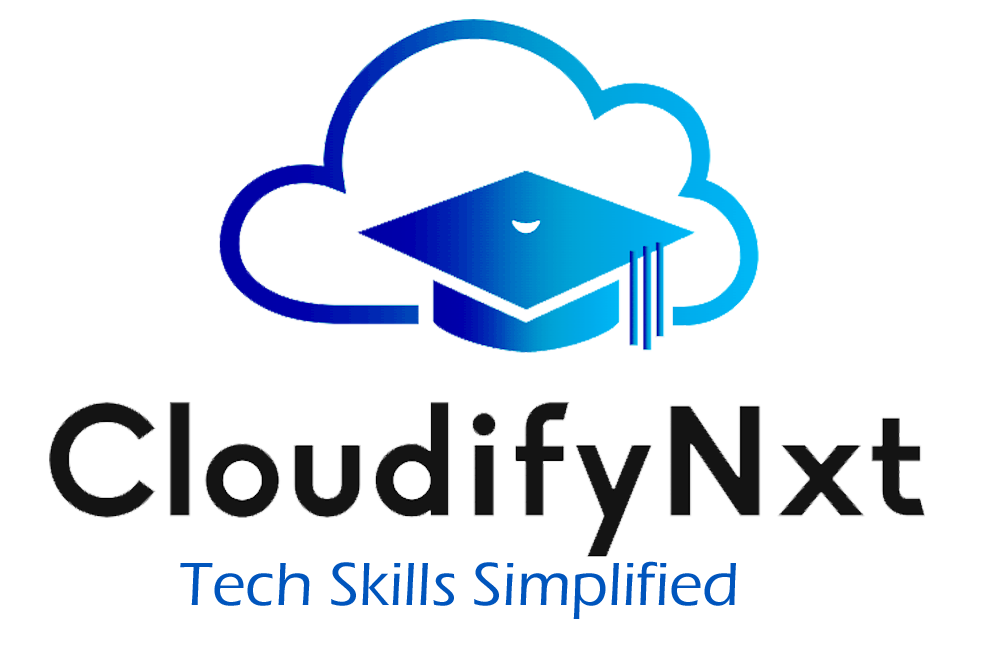
How to Crack a Job in Data Science in 2025 – Complete Guide for Beginners
Data science continues to be one of the most in-demand and future-proof career paths in the tech industry. With businesses relying heavily on data to drive decisions, data scientists are needed across sectors—from finance and healthcare to e-commerce and tech startups. But how do you actually land a job in this competitive domain? Whether you’re a fresh graduate, a self-taught learner, or a career switcher, this guide will show you how to break into the field successfully in 2025.
Contents
- 1 ✅ Core Steps to Crack a Job in Data Science
- 2 📌 What Are the Must-Have Skills to Become a Data Scientist?
- 3 🎓 Educational Background: Do You Need a Degree?
- 4 🛠️ Building a Powerful Data Science Portfolio
- 5 📄 Resume Tips for Data Science Job Seekers
- 6 💡 How to Prepare for a Data Science Interview in 2025
- 7 🤝 Networking and Job Hunting Strategies
- 8 🌍 Consider the Right Location and Market
- 9 📈 Stay Relevant: Upskill & Reskill
- 10 🧭 Roadmap to Crack Your First Data Science Job
✅ Core Steps to Crack a Job in Data Science
Before diving deep, here’s a quick overview of what you need to focus on:
-
Master essential skills like Python, statistics, and machine learning
-
Work on real-world projects and build a strong portfolio
-
Create a targeted resume with keyword optimization
-
Prepare for technical and behavioral interview rounds
-
Network actively through LinkedIn and tech communities
-
Stay updated with industry trends and tools
📌 What Are the Must-Have Skills to Become a Data Scientist?
Getting a job in data science starts with building the right foundation. Employers look for a mix of technical skills, analytical thinking, and communication abilities. These are some of the most searched data science skills recruiters are hiring for:
🔧 Technical Skills
-
Programming Languages: Python is the most widely used; R and SQL are also valuable.
-
Machine Learning Algorithms: Understand classification, regression, clustering, and decision trees.
-
Statistics & Probability: Critical for hypothesis testing and data interpretation.
-
Data Wrangling: Cleaning and preprocessing data using Pandas, NumPy, etc.
-
Data Visualization: Tools like Matplotlib, Seaborn, and Tableau are essential.
-
Database Knowledge: SQL is fundamental for querying structured data.
🎓 Educational Background: Do You Need a Degree?
While a degree in computer science, statistics, or data analytics helps, it’s not mandatory. Many successful data scientists are self-taught or come from non-tech backgrounds. What matters more is practical knowledge, project experience, and problem-solving skills.
Tip: Having a recognized certification from a data science course can strengthen your profile, especially if you’re transitioning from another field.
🛠️ Building a Powerful Data Science Portfolio
Employers want proof that you can solve real-world problems. A well-crafted portfolio can make or break your job prospects.
What to Include in Your Portfolio:
-
End-to-end Data Science Projects: Show data collection, cleaning, model building, evaluation, and visualization.
-
Notebooks with Commentary: Explain your thought process in Jupyter notebooks or Markdown files.
-
GitHub Repository: Host your projects with clear documentation and README files.
-
Blog Posts: Write about your learning experiences or explain complex topics in simple terms.
📄 Resume Tips for Data Science Job Seekers
Your resume should not only list skills and education but also demonstrate your impact and relevance.
Resume Best Practices:
-
Customize: Tailor your resume for each job based on the job description.
-
Use Keywords: Include terms like “data analysis,” “machine learning,” “Python,” “predictive modeling” for ATS (Applicant Tracking Systems).
-
Highlight Metrics: Example — “Built a recommendation system that improved user retention by 22%.”
-
Project Section: Add academic or personal projects with outcomes and technologies used.
💡 How to Prepare for a Data Science Interview in 2025
Data science interviews are often multi-stage and include coding assessments, case studies, and behavioral rounds.
Common Interview Rounds:
-
Coding Test: Python or SQL-based tasks to evaluate problem-solving.
-
Technical Round: Questions on algorithms, ML, statistics, and data preprocessing.
-
Case Study: Real-world data problem where you explain your approach.
-
Behavioral Round: Soft skills, teamwork, and communication assessment.
🤝 Networking and Job Hunting Strategies
Many job opportunities come through referrals or networking, not just applications.
Where to Focus:
-
LinkedIn Optimization: Use keywords like “aspiring data scientist,” “machine learning enthusiast,” and “open to work.”
-
Join Data Science Communities: Be active on Reddit, GitHub, Discord, and Slack groups.
-
Virtual Events & Webinars: Attend conferences and industry meetups.
-
Cold Outreach: Reach out to professionals for informational interviews or mentorship.
🌍 Consider the Right Location and Market
Data science roles are concentrated in tech cities and regions. If you’re in India, focus on:
-
Hyderabad
-
Bengaluru
-
Pune
-
Chennai
-
Noida / NCR
Many companies now also offer remote or hybrid roles, so optimize your job search accordingly using location-based job search filters.
📈 Stay Relevant: Upskill & Reskill
With tools and frameworks constantly evolving, upskilling is non-negotiable.
Trending Tools & Technologies (AEO-Relevant Keywords):
-
AutoML Platforms (e.g., Google AutoML, H2O)
-
Cloud Technologies (AWS, Azure, GCP)
-
Big Data Tools (Spark, Hadoop)
-
Deep Learning (TensorFlow, PyTorch)
-
Natural Language Processing (NLP) for chatbots, sentiment analysis
-
MLOps for deploying and managing ML models
🧭 Roadmap to Crack Your First Data Science Job
Let’s summarize your path into a clear roadmap:
Step-by-Step Plan:
-
Learn Python, SQL, and Statistics
-
Understand Data Analysis and Machine Learning
-
Work on Real Projects and Host on GitHub
-
Write Blogs or Medium Articles for Visibility
-
Earn Industry-Recognized Certifications
-
Build a Resume with Keywords and Project Impact
-
Apply to Internships and Entry-Level Jobs
-
Network on LinkedIn and Get Referrals
-
Prepare for Interviews with Mock Sessions
-
Stay Updated with Tools and Technologies
